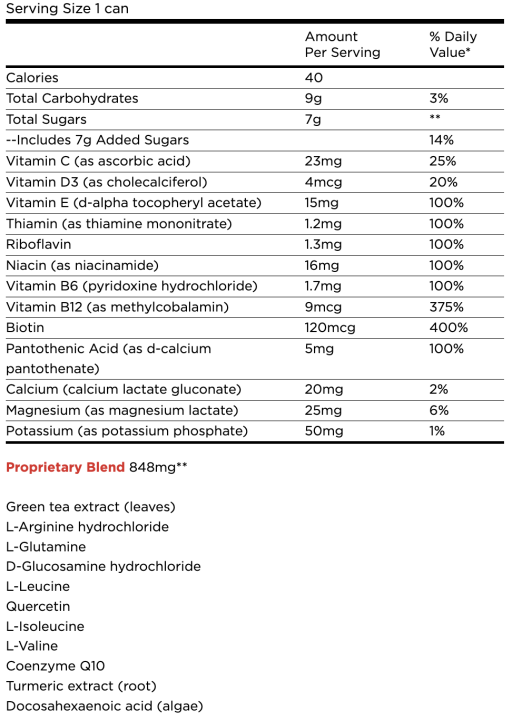Float Tank for Post-Workout Recovery
What is a float tank?
Float tanks, also known as sensory deprivation tanks, have become increasingly popular in recent years as a way to promote post-workout recovery and overall wellness.But what exactly is a float tank and how does it work?
A float tank is a small, enclosed tank filled with a solution of highly concentrated Epsom salt and water. The high salt content allows the user to float effortlessly, creating a feeling of weightlessness and removing all sensory stimuli. This environment can promote relaxation and stress relief, as well as reducing pain and muscle soreness. The origin of float tanks can be traced back to the 1950s when American neuroscientist and psychologist John C. Lilly began experimenting with sensory deprivation as a way to study the human brain. Over time, float tanks have evolved and become widely available for public use.Who was John C. Lilly?
John C. Lilly (wiki) was an American physician, neuroscientist, psychoanalyst, philosopher, writer and inventor who was known for his pioneering work in the field of floatation tanks, also known as sensory deprivation tanks. He was born in 1915 and died in 2001. Dr. Lilly was one of the first people to experiment with the use of floatation tanks as a tool for inducing altered states of consciousness and exploring the nature of the mind and consciousness. He conducted extensive research into the effects of floatation on the brain and the nervous system, and his work helped lay the foundation for the development of modern floatation therapy.

So, do float tanks really work?
The science behind float tanks suggests that the sensory deprivation and reduction of stress can help improve athletic performance and aid in post-workout recovery. Floating in a float tank has been shown to reduce muscle soreness, increase circulation, and improve overall well-being. If you're considering incorporating float tanks into your post-workout routine, it's important to note that float tanks are generally considered safe. However, it's always best to consult with a medical professional if you have any concerns or medical conditions. The cost of a float tank session can vary, with some float centers offering single sessions or monthly memberships. It's important to research the different options available and find a float center that meets your needs and budget. After a float tank session, it's important to rehydrate and replenish your body's nutrients. This is where FITAID comes in. FITAID is a drink that is specifically designed to aid in post-workout recovery and contains no artificial sweeteners, no sucralose or aspartame, and clean caffeine from green tea extract. The electrolytes and vitamins in FITAID, such as turmeric, magnesium, potassium, vitamin C, biotin, vitamin D3, quercetin, CoQ10, calcium, vitamin E, glucosamine, BCAAs, L-arginine, L-glutamine, green tea extract, and thiamin, can help aid in muscle recovery and promote overall wellness.Are there any famous athletes who use float tanks?
There are many professional athletes who use float tanks as part of their recovery and wellness routine. Some well-known athletes who have publicly stated their use of float tanks include Steph Curry, LeBron James, and Kevin Love. Many athletes use float tanks to help manage pain, reduce stress and anxiety, improve sleep, and enhance recovery after intense physical activity. Additionally, some athletes have reported improved focus, performance, and creativity after floating, which is why it has become a popular recovery tool for many athletes in various sports.What is a sensory deprivation tank is that the same thing as a float tank?
Yes, sensory deprivation tank and float tank are synonyms and refer to the same thing. It is a type of tank filled with a solution of water and Epsom salt that allows a person to float effortlessly, creating a sensation of weightlessness. The idea is to eliminate external stimuli and create an environment for deep relaxation and meditation.

In conclusion, float tanks can be a valuable tool in post-workout recovery and promoting overall wellness. The science behind float tanks suggests that the sensory deprivation and reduction of stress can help reduce muscle soreness, increase circulation, and improve athletic performance. By incorporating float tanks into your post-workout routine and replenishing your body with FITAID, you can optimize your fitness and training for optimal results.
Note: As of the knowledge cutoff date, there is limited scientific evidence available on the benefits of float tanks for post-workout recovery. Further research is needed to fully understand their effects and potential benefits.







